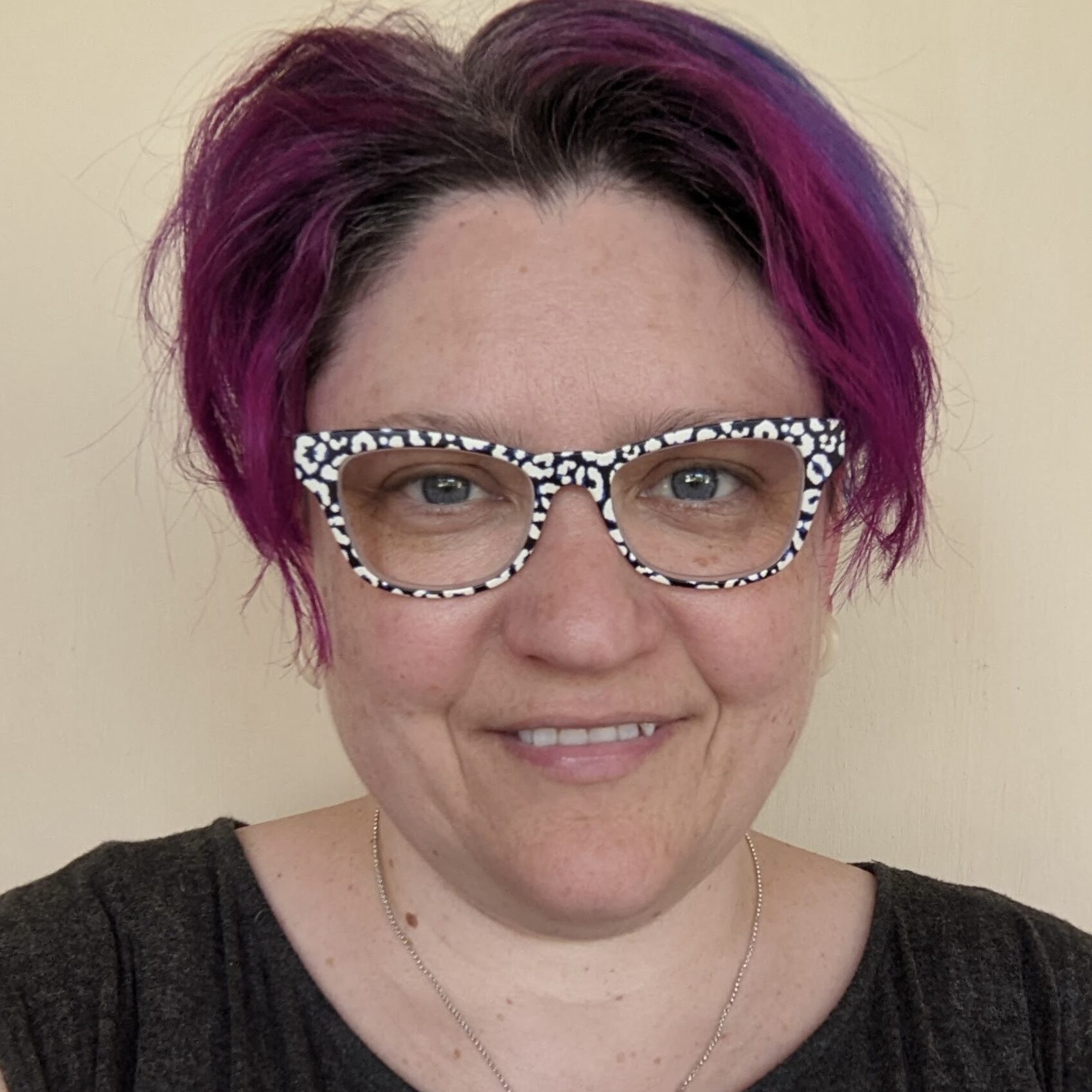A: The word “superspreader” simply refers to someone who is infected with COVID-19 and–somehow–manages to pass it along to a whole lot of other people. Specifically, a superspreader infects many more people than you would expect based on the averages. We’ve seen situations where one infected person got dozens of others sick. We’ve also seen lots of situations where one infected person got no one else sick.
What makes some people superspreaders when everyone else transmits very little?
We don’t know. As in, scientists don’t know. Yet. We’re working on it.
But we do know something about *where* we see superspreading occurring, which is very useful in practical terms. Major clusters “occur in poorly ventilated, indoor environments where many people congregate over time—weddings, churches, choirs, gyms, funerals, restaurants, and such—especially when there is loud talking or singing without masks,” says science writer Zeynep Tufekci in this truly fantastic article in The Atlantic.
What can we do? For now, avoid crowded, indoor spaces. Avoid spaces where people aren’t wearing masks, where people congregate over time, or where are engaged in singing, chanting, yelling, cheering, or even a lot of loud talking. For example, avoid indoor parties, gyms, choirs, churches, movie theaters, restaurants, bars, and noisy factories. These environments are high risk for superspreading events.
And that’s why you won’t catch us at any indoor gyms. Sorry gym owners. We know this isn’t your fault. We love those outdoor classes. Thank you.
Want more? Buckle up, nerds, because we’re going to get technical. Scientists have a shorthand for the number of people that one infected person passes a disease along to: R (also known as the R-value, the R-factor, or sometimes people say R-zero or R-nought). The R-value for COVID-19, in general, is estimated to be between 2.5 and 6. That is to say, every person who has COVID-19 will pass it along to 2.5-6 more people (on average).
If R is under 1, then each person who has COVID-19 is giving it to less than one other person. This will lead to fewer and fewer cases over time until there are none. So R<1 really is the magic number in an epidemic.
But. But. The R-value is a slippery thing to pin down. It changes depending on the location, and it changes over time. It’s sensitive to conditions like how densely populated a restaurant happens to be and whether people are wearing masks or not and all sorts of other variables that are maddeningly specific. It might turn out that some individual people are just awesome at shedding virus, or that sometimes a certain type of sneeze truly aerosolizes particles. We just don’t know what individual factors might be at play yet.
The R-value for COVID-19 has been vexing scientists since the beginning. Sometimes it seems like it’s cruising along well under 1, suggesting that prevention measures like mask order are “working.” At other times, unpredictably, R seems to suddenly skyrocket, leading to a localized spike in cases. Back in April, you may have also noticed that no one was able to make a decent predictive model of what was going to happen next, and eventually, everyone just quit trying.
That’s because it’s turning out that superspreaders are a *key feature* of how COVID-19 is transmitted through a population, and the average number of people infected by each infected person R is not a very accurate measure when there’s so much variation.
On top of that, there seems to be a lot of random chance involved in where a superspreading event is triggered, and where one is not triggered. For example: Imagine College Town A. Young people move in from all over the country. 100 of them happen to arrive infected with COVID-19. 99 these infected individuals do not get anyone else sick. But one of the 100 passes it along to 200 other people. It doesn’t take a week before you’ve got a major outbreak on your hands, and the average for this outbreak–the R-value–is 2, even though no person gave COVID-19 to two more people. Meanwhile, in College Town B, 100 people arrived infected with COVID-19, and all 100 of them pass it along to zero other people. There is no outbreak. No one even notices. That’s the difference between a case cluster and no case cluster. One person and some bad luck.
The really important question is *why* do those two people transmit so much more than everyone else? And how can we prevent it? We don’t know, but we can definitely work on avoiding those high-risk superspreading situations.
In many superspreading events, the index case (that unlucky person) is not yet symptomatic. That means it is not possible to know if you will be a superspreader. What you can do is avoid the conditions that would make it easy for you–should you be unknowingly infected–to spread COVID-19 to dozens of other people. Stay away from crowds, wear your mask, stay outdoors, keep your distance, and keep your encounters short.


